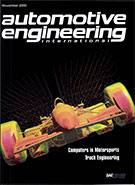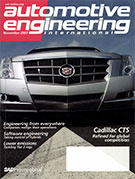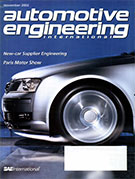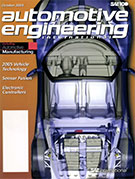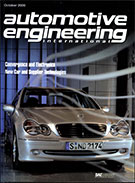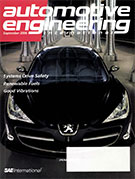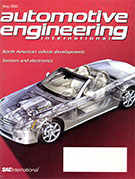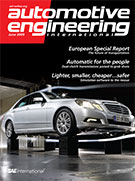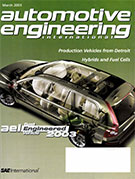Magazine

Autonomous Vehicle Engineering: July 2019
2019-07-05
Editorial The consolidation plot thickens The Navigator As the world turns to C-V2X, Europe picks WiFi Complexity of Autonomous-Systems Simulation, Validation Soars to the Clouds Scalable, cloud-based architectures are gaining greater acceptance for simulating and testing the myriad development aspects of automated driving. Connectivity Solutions for AVs The promises of fully connected autonomous vehicles are great, but so are the challenges. What M&E Can Teach the AV Industry About Data Media & entertainment offers important learnings on data retention, management, scalability and security. The Rodney Dangerfield of Automated-Driving Sensors Radar and lidar get all the attention, but Inertial Measurement Units are the backbone of sensor fusion. Suppliers are scrambling to make IMUs more accurate-and much less expensive. The Sense-itive Side of Autonomous Vehicles BASF is exploring how specific materials-and even paint colors and finishes-can improve the capabilities of AV sensors.




